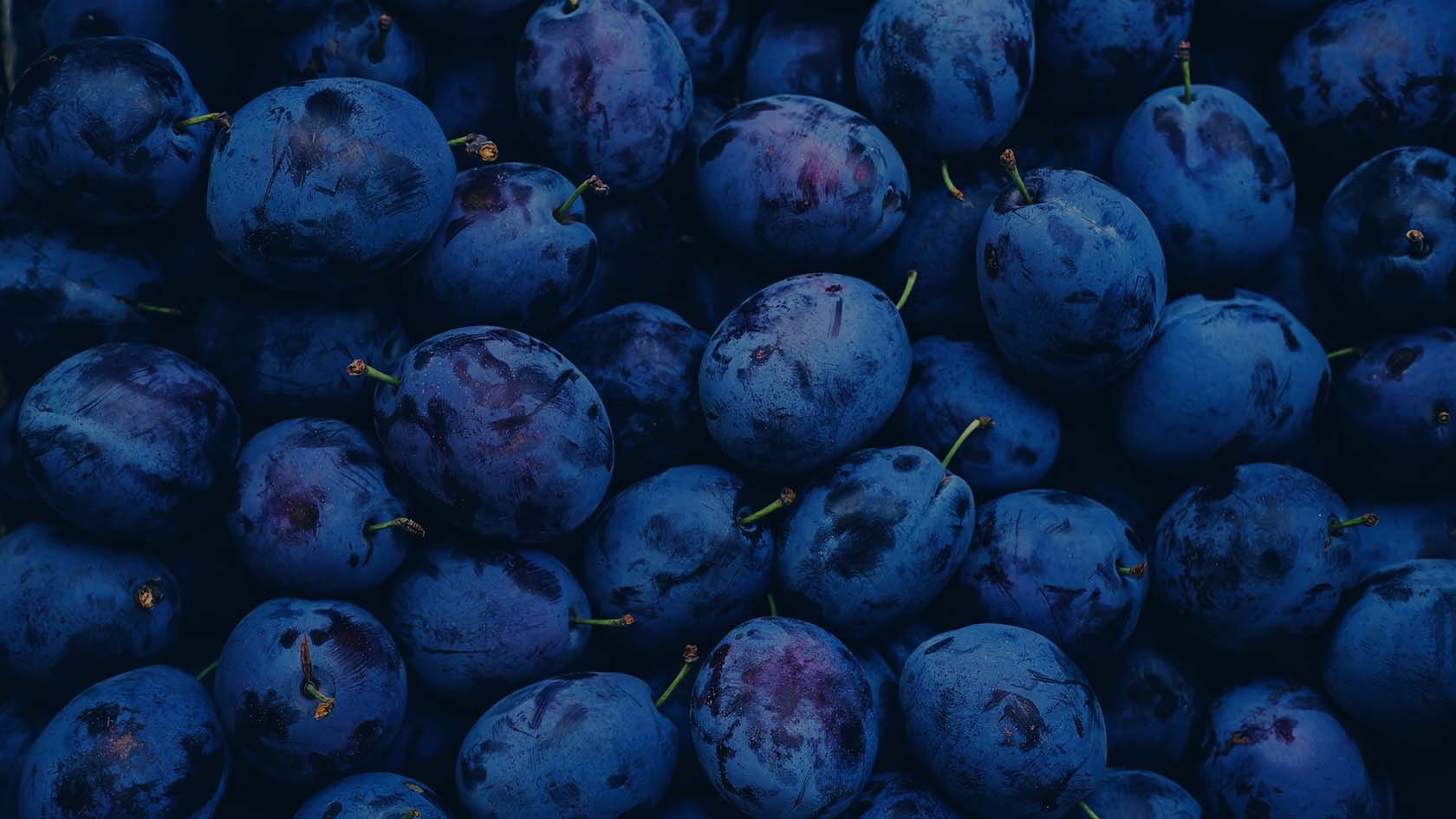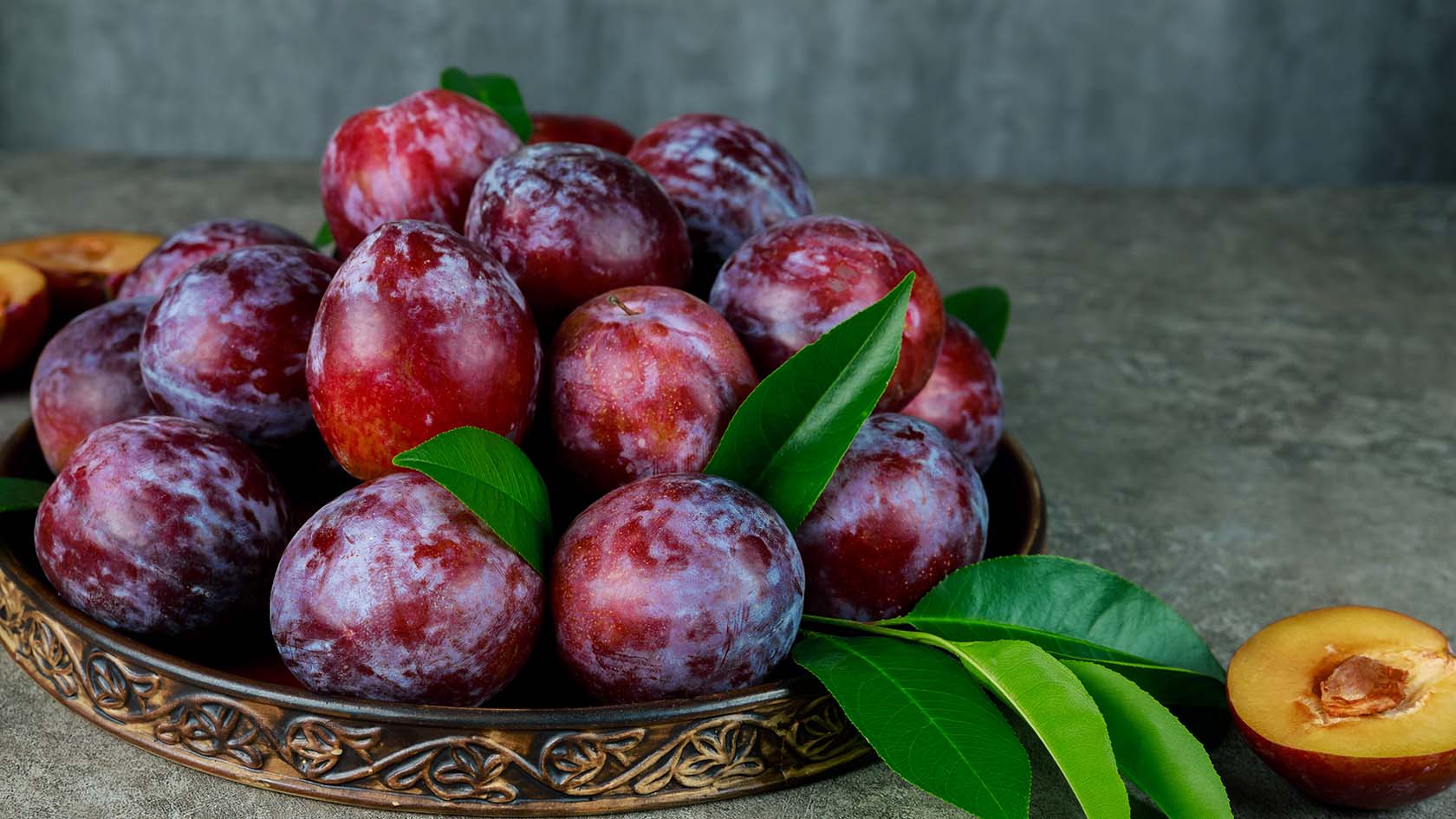 1. Know more about this plant species
Although there are several types of plum trees, they all belong to the genus Prunus. This genus is part
of the Rosaceae family, like garden roses and a wide variety of fruits (apple, pear, peach, cherry,
strawberry, almond, apricot, blackberry and raspberry). Prunus domestica is the most common species
followed by Prunus salicina (Japanese plum). These trees are cultivated to commercialize their fruits
which pulp is sweet and juicy with laxative properties. They can be commercialized and consumed fresh or
dry. The seeds are also profitable since they can be used to extract edible oil, highly appreciated also
for cosmetic uses. In addition, fruits are highly demanded to produce liquors, juices and refreshing
drinks.
1. Know more about this plant species
Although there are several types of plum trees, they all belong to the genus Prunus. This genus is part
of the Rosaceae family, like garden roses and a wide variety of fruits (apple, pear, peach, cherry,
strawberry, almond, apricot, blackberry and raspberry). Prunus domestica is the most common species
followed by Prunus salicina (Japanese plum). These trees are cultivated to commercialize their fruits
which pulp is sweet and juicy with laxative properties. They can be commercialized and consumed fresh or
dry. The seeds are also profitable since they can be used to extract edible oil, highly appreciated also
for cosmetic uses. In addition, fruits are highly demanded to produce liquors, juices and refreshing
drinks.
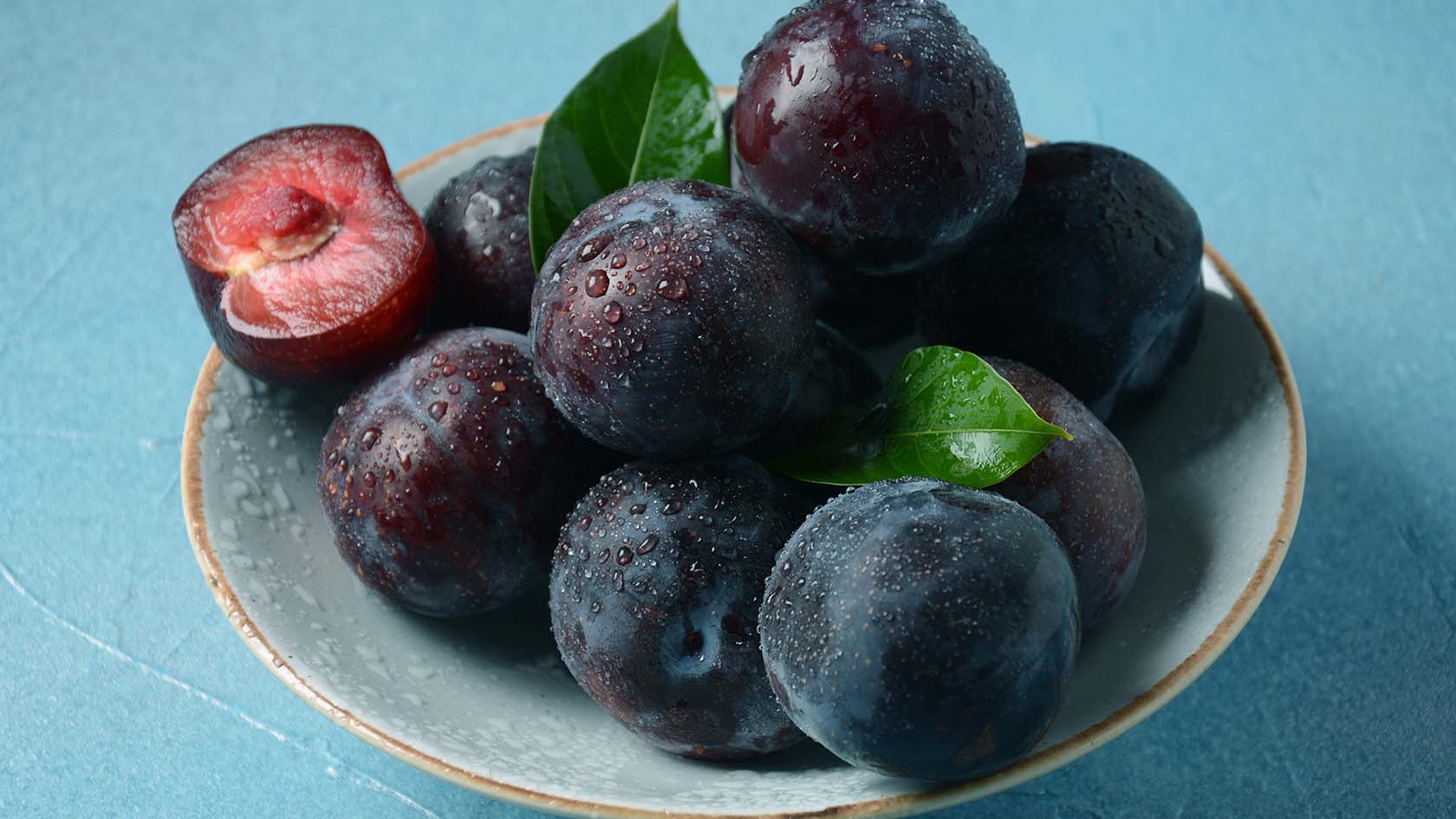 In general, the plum tree does not exceed 6 m, so it is considered a medium-sized tree. In fact, to
facilitate the fruit collection the branches trajectory is interrupted for them to grow closer to the
ground. In healthy trees, the young branches can be guided to modify the tree shape for this purpose,
because in normal conditions it presents erect branches and a straight trunk. Some wild species can
present some thorns, but this is not common.
In general, the plum tree does not exceed 6 m, so it is considered a medium-sized tree. In fact, to
facilitate the fruit collection the branches trajectory is interrupted for them to grow closer to the
ground. In healthy trees, the young branches can be guided to modify the tree shape for this purpose,
because in normal conditions it presents erect branches and a straight trunk. Some wild species can
present some thorns, but this is not common.
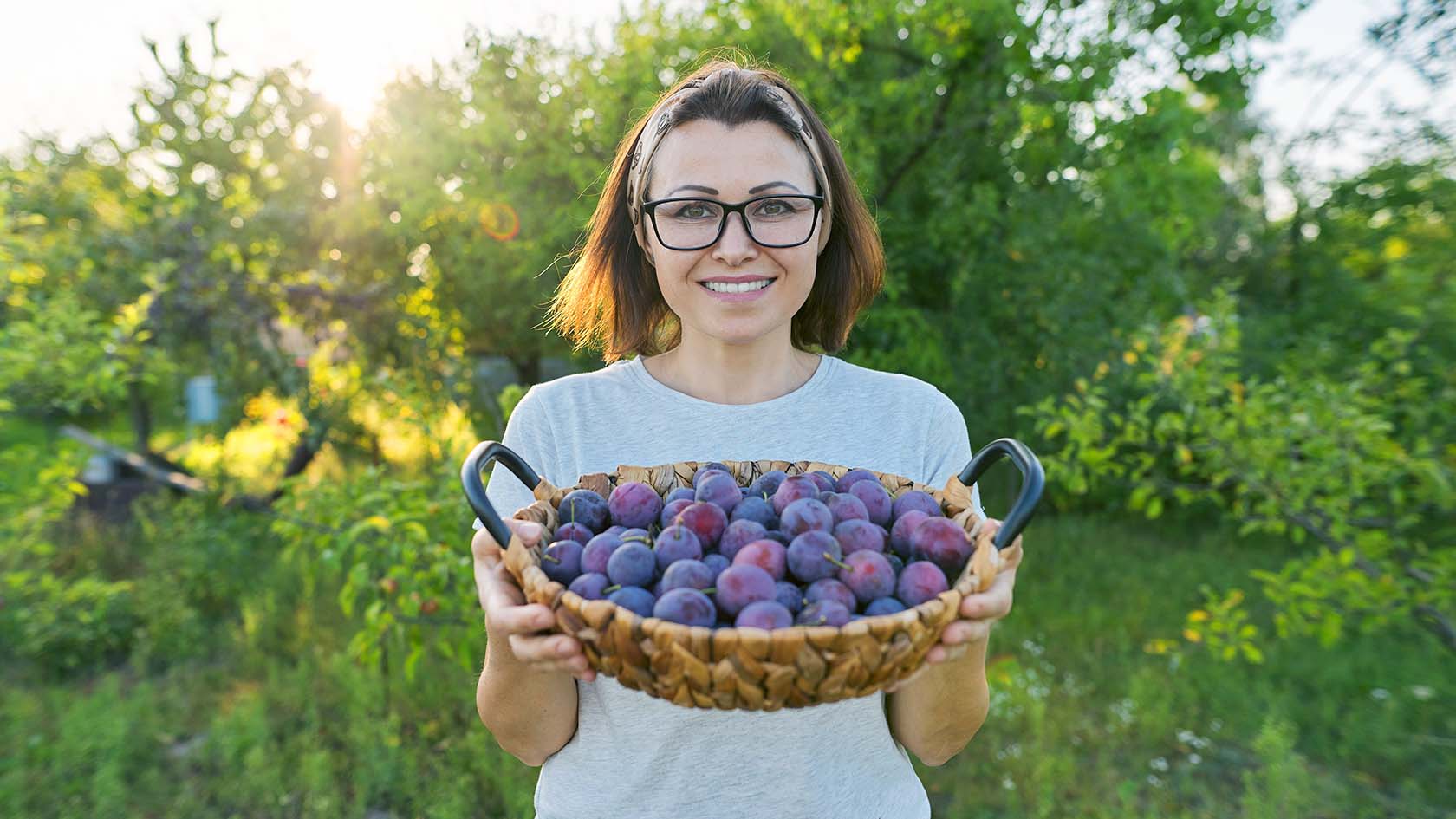 It is a deciduous tree, with simple leaves that are sometimes so close together that they form bundles.
Observing its flowers, you can tell that they are hermaphroditic, which means that they present
functional female and male reproductive structures simultaneously and close to each other. However, most
of the varieties belonging to Prunus salicina present an interesting strategy to avoid self-pollination
in favour to increase the genetic variability in the further generations. Most varieties of Japanese
plum are self-incompatible, which means they can not develop fruits from self-pollination and require
foreign plums to produce fruit.
It is a deciduous tree, with simple leaves that are sometimes so close together that they form bundles.
Observing its flowers, you can tell that they are hermaphroditic, which means that they present
functional female and male reproductive structures simultaneously and close to each other. However, most
of the varieties belonging to Prunus salicina present an interesting strategy to avoid self-pollination
in favour to increase the genetic variability in the further generations. Most varieties of Japanese
plum are self-incompatible, which means they can not develop fruits from self-pollination and require
foreign plums to produce fruit.
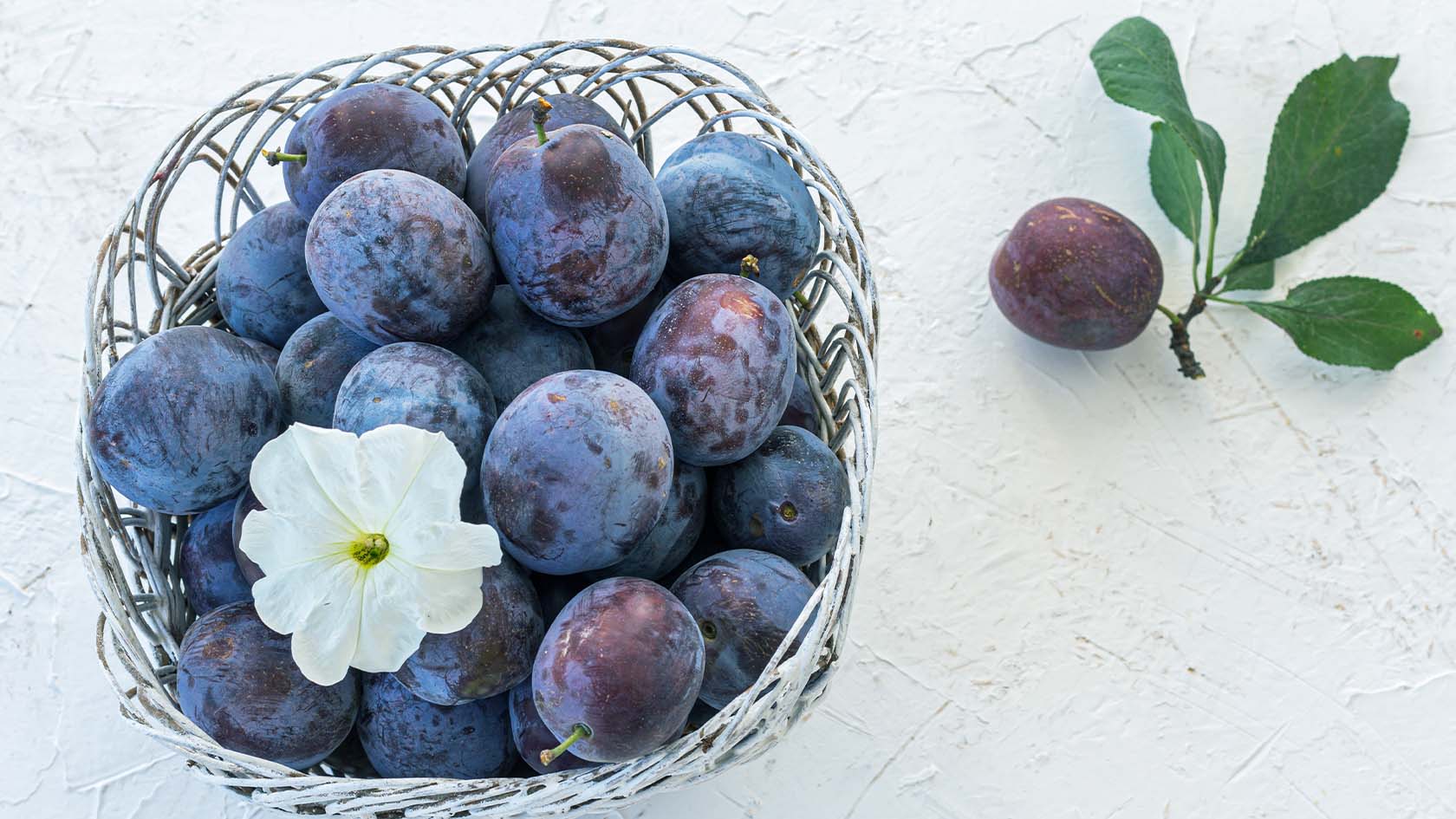 Advantages of being self-incompatible
When growing Japanese plum trees, different varieties are commonly selected as “female trees” and “male
trees”. Those are chosen based on scientific studies that demonstrate the best fruit formations in terms
of number, size and physical characteristics mainly related to the pulp quality and flavour. Most of the
trees in your crop area will belong to the species selected as “female” while only a few trees will be
grown among them with the only purpose of being the pollinators. The quality of the fruits that the male
tree may form is not taken into account, since the fruits formed in the female trees are the ones that
will be collected and intended for commerce. It is not recommended to modify the shape of the male trees
letting them grow as tall as possible facilitating the dispersion of the pollen grains after their
maturation. For higher profitability, make sure you evaluate the most convenient varieties taking into
account the location of your field and the suitable reproductive varieties.
Edaphoclimatic requirements
Advantages of being self-incompatible
When growing Japanese plum trees, different varieties are commonly selected as “female trees” and “male
trees”. Those are chosen based on scientific studies that demonstrate the best fruit formations in terms
of number, size and physical characteristics mainly related to the pulp quality and flavour. Most of the
trees in your crop area will belong to the species selected as “female” while only a few trees will be
grown among them with the only purpose of being the pollinators. The quality of the fruits that the male
tree may form is not taken into account, since the fruits formed in the female trees are the ones that
will be collected and intended for commerce. It is not recommended to modify the shape of the male trees
letting them grow as tall as possible facilitating the dispersion of the pollen grains after their
maturation. For higher profitability, make sure you evaluate the most convenient varieties taking into
account the location of your field and the suitable reproductive varieties.
Edaphoclimatic requirements
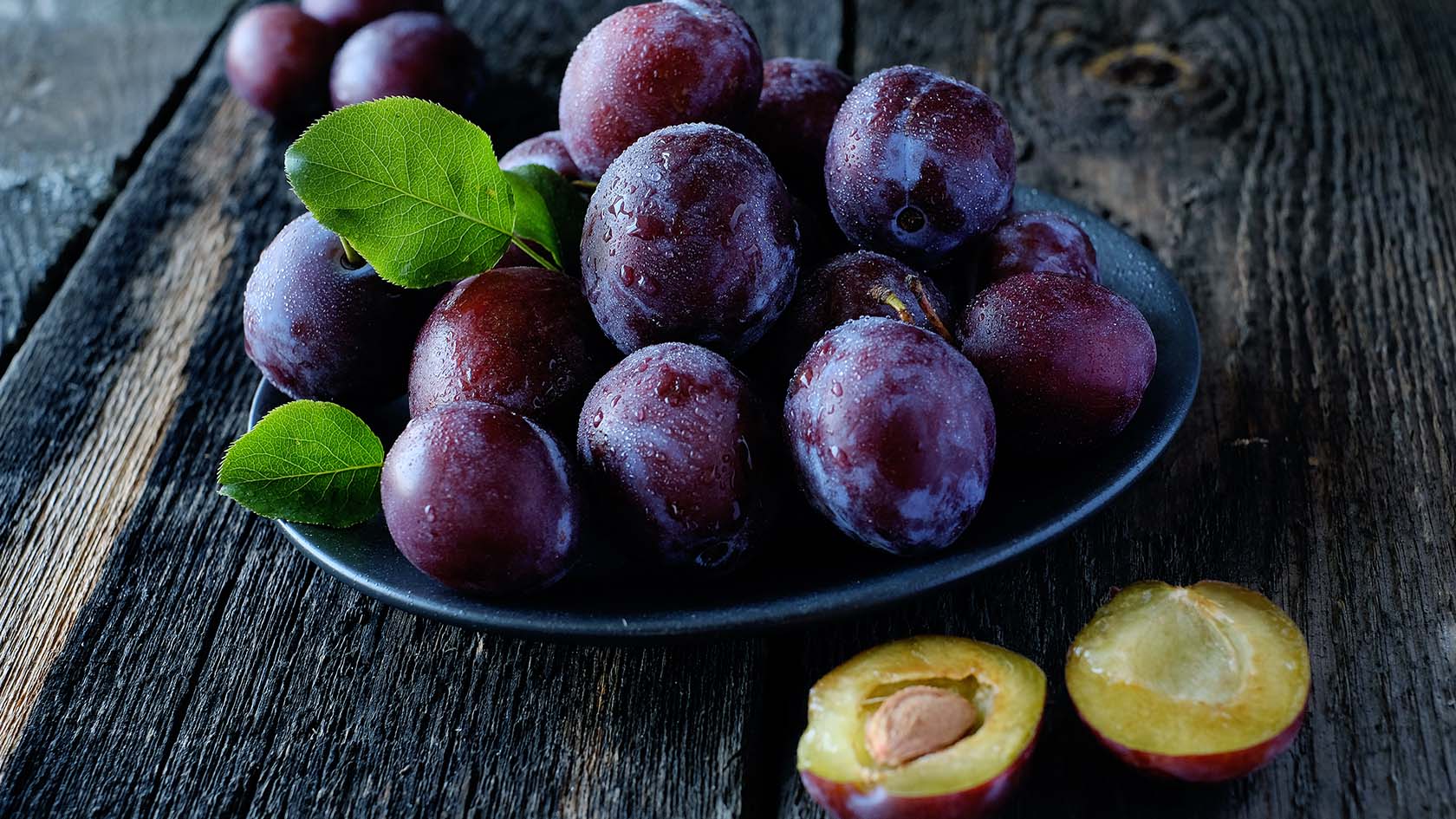 Because of the morphology of its roots, which tend to grow superficially, these trees can well tolerate
humidity and shallow soils. However, soils without excess humidity will always be preferred. Areas with
temperate climates are also favourable for the plum tree to grow. Even if these trees are very
adaptable, resisting well low temperatures, sudden temperature changes affect negatively to its growth.
Its strong resistance makes it easy to grow them without big problems, although proper fertilization
increases the profitability you can obtain. In i-Plant Nutrition, there is a precise fertilization
program for your plum trees crop, based on its location and specific characteristics.
Because of the morphology of its roots, which tend to grow superficially, these trees can well tolerate
humidity and shallow soils. However, soils without excess humidity will always be preferred. Areas with
temperate climates are also favourable for the plum tree to grow. Even if these trees are very
adaptable, resisting well low temperatures, sudden temperature changes affect negatively to its growth.
Its strong resistance makes it easy to grow them without big problems, although proper fertilization
increases the profitability you can obtain. In i-Plant Nutrition, there is a precise fertilization
program for your plum trees crop, based on its location and specific characteristics.
It is also important to consider the water necessity of the trees, which is very low during winter or the rainy season. However, in summer or the dry season, make sure they have constant humidity (as mentioned, avoiding excesses). In this period of the year, 1 or 2 irrigations per week are sufficient. Yield and profitability On average, 9 tons of plums can be obtained per hectare. According to the literature, a 4 years old tree can only produce around 150 fruits per year, while a 7 years old tree can generate around 1400 fruits. Not only the age but correct fertilization of your trees will be key to getting the most beneficial harvest. Following the recommendations in i-Plant Nutrition, a plantation with mature trees, the yield could even over cross the average, which in mature trees is expected to be between 50 to 60 tons per hectare. Do not hesitate to ask any question you may have about this crop and obtain the maximum benefits by applying the recommendations you can find in i-Plant Nutrition.


